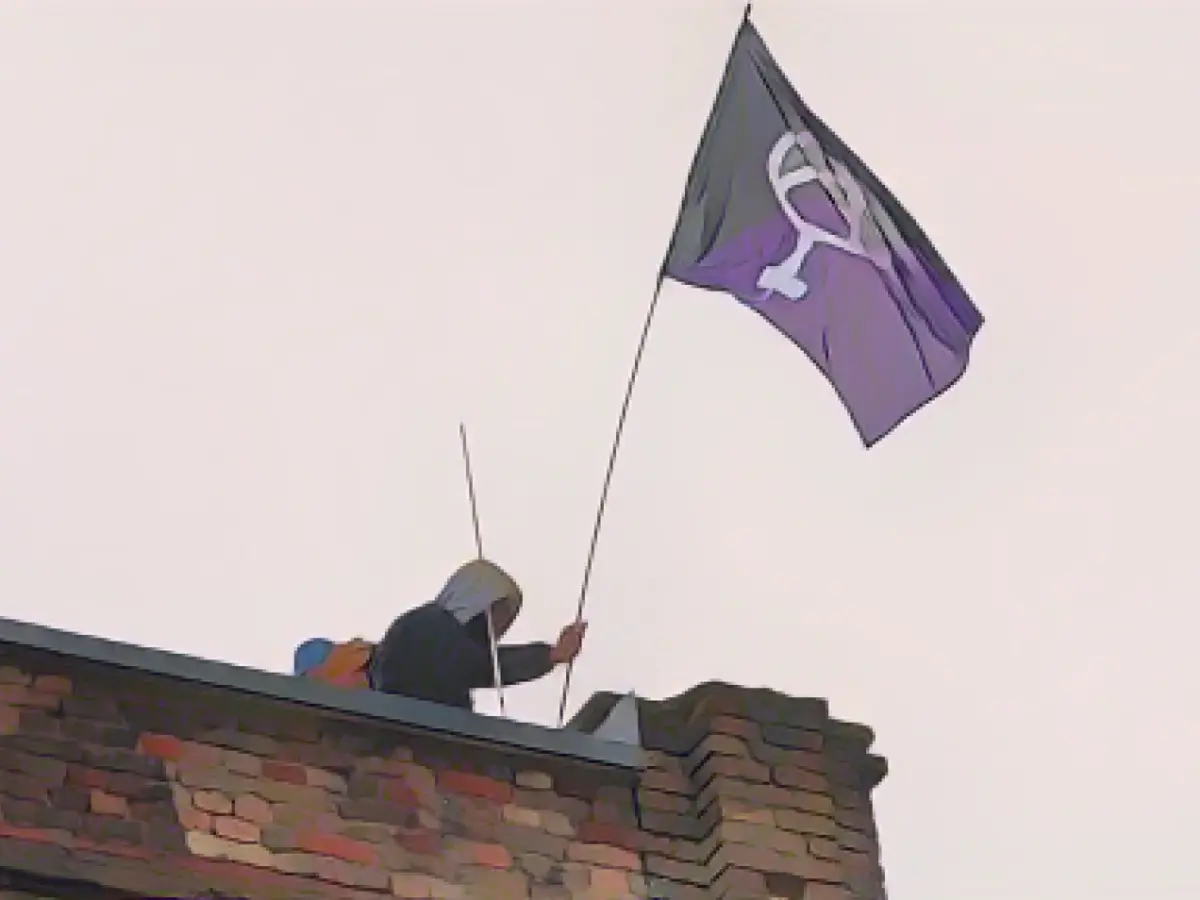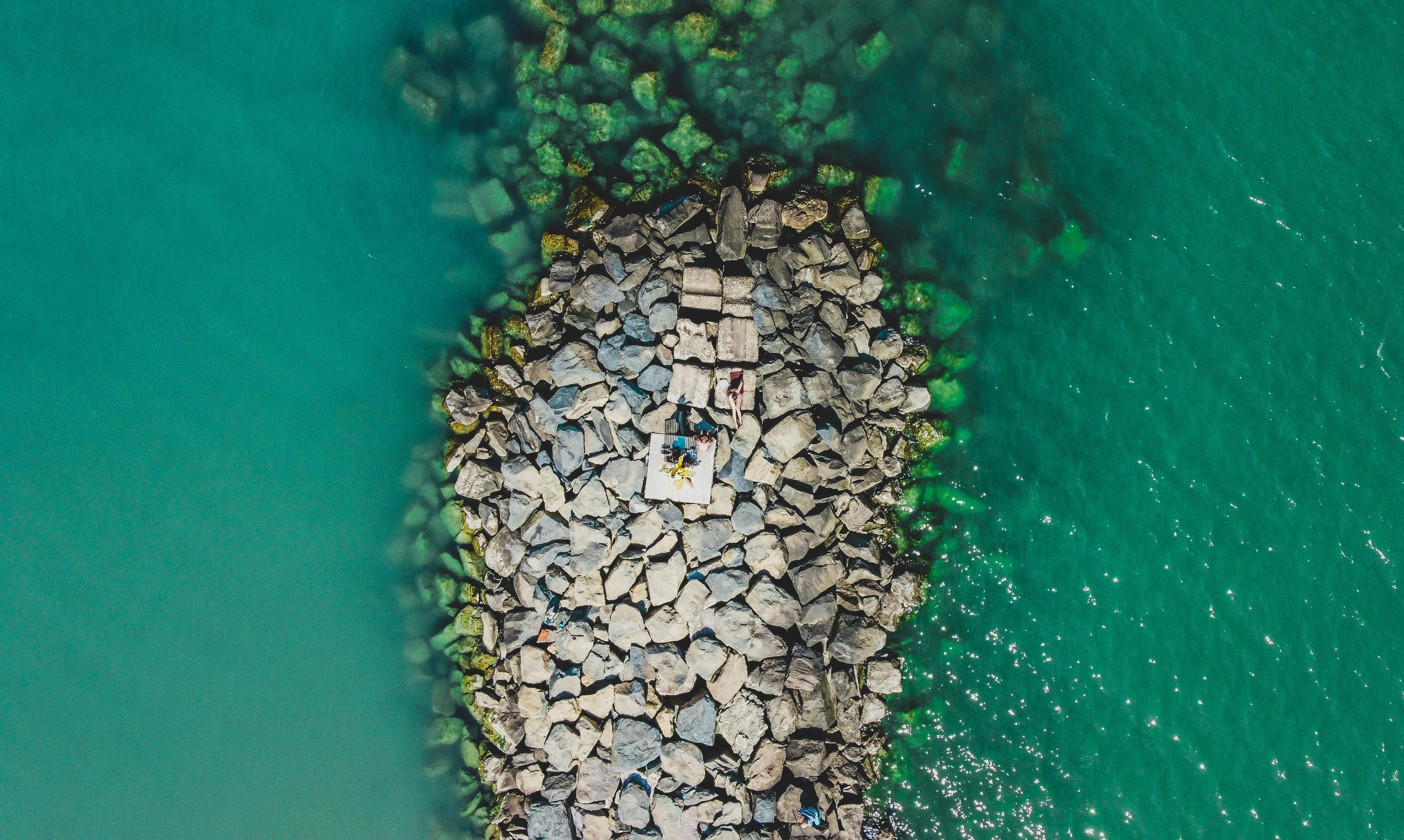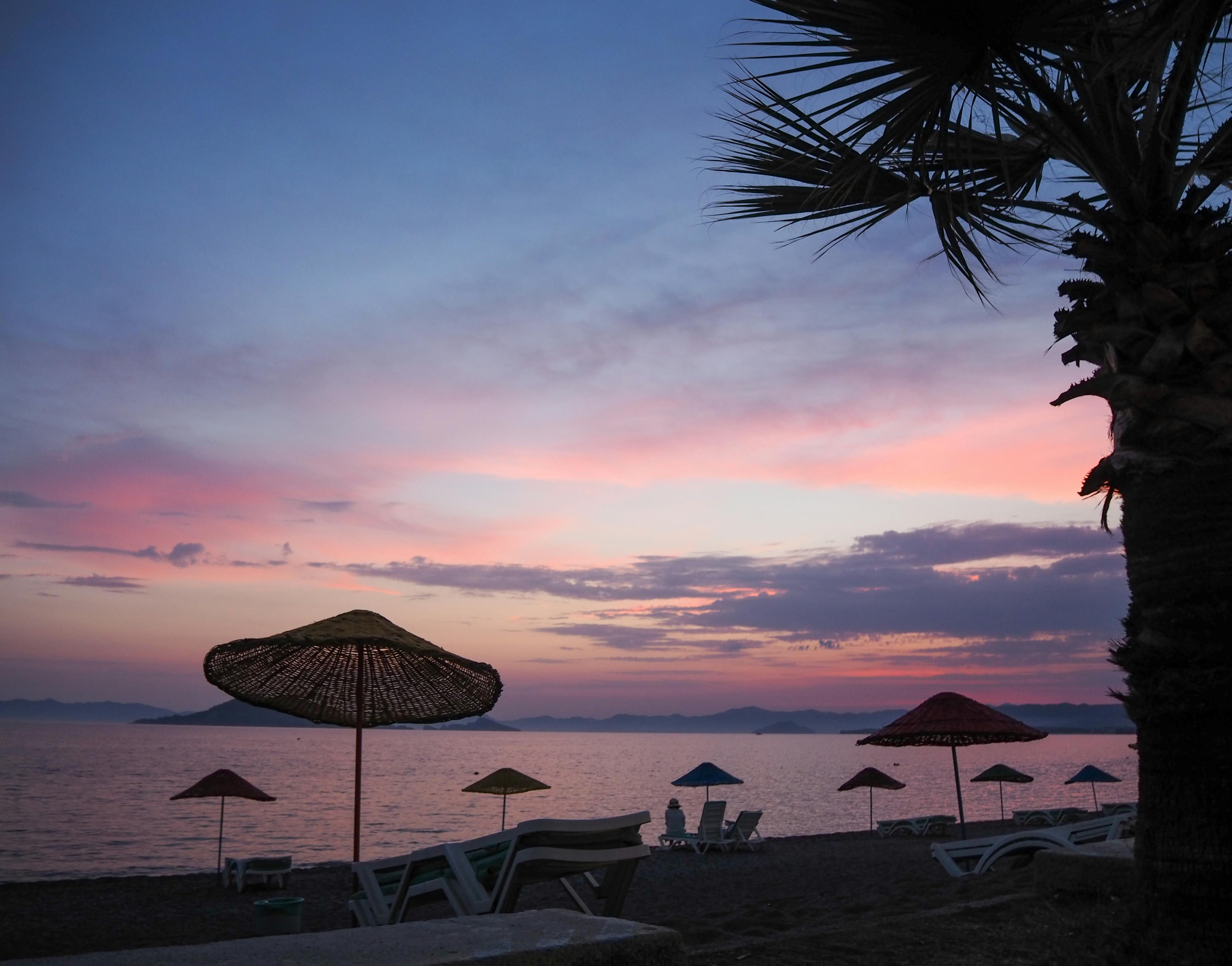Frankfurt - The End of the Print Shop Occupation With Police Intervention
The week-long occupation of the Dondorf printing works in Frankfurt came to an end on Tuesday morning, with police making eight arrests on the building's roof. One individual resisted and sustained facial injuries during the arrest. The police shared that the squatters were discovered sleeping as planned initially.
The continuing stay on the rooftop during the freezing weather constituted a risk for the activists. With careful consideration of proportionality, the police decided to remove the squatters due to worsening health conditions, initially ruling out eviction against resistance for security reasons. The activists declined the appeal by the Johann Wolfgang Goethe University for a voluntary eviction.
The activists are demanding preservation of the building as an industrial and cultural monument. The building, owned by the state of Hesse, was originally home to the Institute for Art Education at Goethe University, before making way for a new building for the Max Planck Institute for Empirical Aesthetics.
The raid commenced at around 5:30 a.m. The occupants were reportedly taken into the building through a skylight, and then transported to police headquarters for identification checks. A doctor was present during the process. According to the police, the building was handed over to Goethe University following the raid. A brief protest occurred outside the police headquarters at midday.
Approximately three hours before the raid, two individuals were arrested for allegedly hanging backpacks with food on a rope hoist to the rooftop. Police characterized this as an accessory to trespassing. The activists accused police of denying them access to food and water; however, the police countered that they could guide the protesters into the building, where they would be provided with food and water.
The occupation by the collective "Die Druckerei" marks the second such incident this year, extending over a week. Following the police evacuation of the interior last Thursday, a group of activists moved to the roof, with some eventually leaving.
Frankfurt's Police Commissioner Stefan Müller commended the emergency services for their 'level-headed approach.' Despite engaging in patient and prolonged negotiations, their efforts ultimately proved unsuccessful as health conditions of the squatters continued to deteriorate, necessitating eviction as a last resort.
In the aftermath, Goethe University expressed hope for a return to democratic dialog, with University President Enrico Schleiff expressing gratitude towards the police and urging supporters of the collective to continue their protests within the context of the law.
Related Readings:
- A clan member is punished here
- A traffic lawyer warns: Don't talk to the police!
- Will he be convicted as Jutta's murderer after 37 years?
- He also wanted to kill his cousin
Insights:
The eviction of the Dondorf printing works occupied by the "Die Druckerei" collective in Frankfurt has attracted attention due to the preservation demands of the activists. The building, slated for demolition to make way for the Max Planck Institute for Empirical Aesthetics, is viewed by the activists as an industrial and cultural monument.
The latest developments in this story reveal the Schirn Kunsthalle Frankfurt's plans to adapt the Dondorf printing factory for its temporary relocation. The institute is initiating energy-efficient renovations and greening concepts to preserve the historical architectural significance of the building while rendering it fit for modern purposes. During this period, the Schirn will present various exhibitions and educational programs.
Conversely, controversial reaction to the building's planned demolition and adaptation has not been reported in the provided sources. However, similar developments involving historical buildings often generate public debate surrounding preservation, aesthetics, and community impact. The Schirn's aim to balance preserving and modernizing the building is an interesting focus point in this case.






